
Products
Published on 11 Mar 2022
James Willoughby
Drone Spotlight Comparison: GL60 Plus Vs Z15
In-depth comparison between the CZI GL60 Plus and Wingsland Z15 drone spotlights, with sample footage and imagery. Find out which one is most effective in our in-depth comparison.
In-depth comparison between the CZI GL60 Plus and Wingsland Z15 drone spotlights, with sample footage and imagery;
heliguy™ tests these drone spotlights at different altitudes;
Watch video to observe tracking capabilities of the spotlights;
Both payloads - ideal for search and rescue, law enforcement and inspection - are compatible with the DJI M300 RTK and M200 Series V2.
The CZI GL60 Plus and Wingsland Z15 are two powerful drone spotlights, offering an effective light source to enhance mission success during nighttime operations or in low-light environments.

For instance, check out the capabilities of the GL60 Plus, as demonstrated by Sussex Police.

And look how the Z15 can perform, as shown by Southport Lifeboat crew.
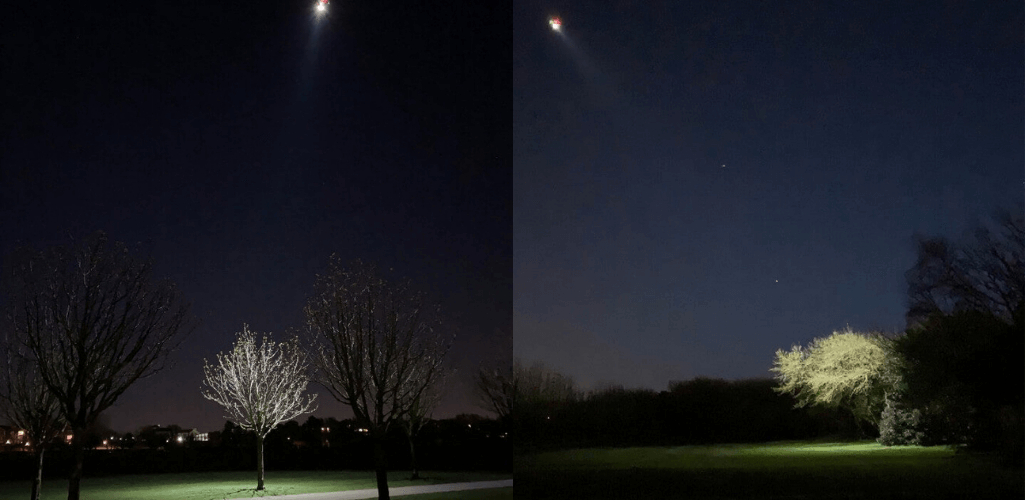
It's impressive stuff. But which one of these third-party payloads is best?
To find out, we put the GL60 Plus and Z15 through their paces, integrating them with the DJI M300 RTK and testing their capabilities at different heights. Both spotlights can also be used with the DJI M200 Series V2.
GL60 Plus Vs Z15: Test Results
So, the key question - how bright are the spotlights?
The image below, captured from 30 metres, clearly shows the difference between them.

Notice how the GL60 Plus is visibly brighter than the Z15, providing a more intense column of light on the subject area.
It has to be said though that both spotlights do a decent job of illuminating their target: After all, notice the contrast between the dark and floodlit areas.
The difference in brightness is further demonstrated in the video below. From an altitude of 30m, we locked the spotlights to a moving target 30m away to evaluate two aspects of each payload: Their illumination and tracking abilities.
So, what did we learn? From a lighting perspective, both payloads provided enough illumination to identify the target. However, the GL60 Plus visibly floods the subject area with significantly more light.
The results align with the spotlights' specifications, with the GL60 Plus having superior power attributes. Please note that the GL60 Plus has two power modes: PSDK combined with OSDK, or just PSDK on its own. We used the most powerful - PSDK + OSDK - during our field tests for maximum illumination.
The enhanced capabilities of the GL60 Plus are perhaps expected given that it carries a larger price tag: Costing almost £1,000 more than the Z15.
Specification | GL60 Plus | Z15 |
Total Power | PSDK 17V + OSDK 24V: 128 W PSDK 17V: 68 W | 48 W |
LED Power | PSDK 17V + OSDK 24V: 120W PSDK 17V: 60W | 40 W |
Illumination (Light Output) | PSDK 17V + OSDK 24V: 13,400 Lumen PSDK 17V: 8000 Lumen | 10,200 Lumen |
FOV | 15° | 15° |
Aside from the lighting, the video also shows how the payloads are able to track and follow a moving target. This additional video provides another example of the GL60 Plus tracking a subject - and also being used in conjunction with the H20T's thermal sensor: Another useful application during nighttime missions.
The tracking capabilities of the GL60 Plus and Z15 are achieved by syncing with a secondary payload like the H20T, enabling the light to move in unison with the camera.
This is shown below, using the GL60 Plus as an example.
Using the GL60 Plus or Z15 in conjunction with the H20T, for instance, means that the spotlight can be used to illuminate an area and make it bright enough for the visual camera to capture footage.
This tutorial video details how to pair two payloads together. It uses the Z15 as the example spotlight, but it is a similar process with the GL60 Plus. For similar content, sign up to heliguy™'s M300 RTK Virtual Handover course.
The tests listed above showcase the spotlights at 30m height. So, how do they perform at increased altitude?
To find out, we flew them over the same area at 30m, as well as 60m and 120m. And here's the results.
First off, 30m...

...then 60m...

...and finally, 120m.

The results show that both spotlights do an admirable job at illuminating the target area, even at 120m. For the record, both have an effective range of up to 150m, according to the product specifications.
It is interesting to see that the GL60 Plus appears to provide a highly-intense column of light with more defined edges, whereas the Z15 seemingly has a somewhat broader spread, albeit at lower intensity.
This tallies with the product specifications, with the Z15 able to illuminate an area of 323m² from 50 metres, while the GL60 Plus lights up 136m² from the same altitude.
When it comes to intensity, the GL60 Plus is really powerful - especially when using the PSDK and OSDK set up. In fact, the image below shows how bright it can be, bleaching out the view of the top of this tree from 30m.
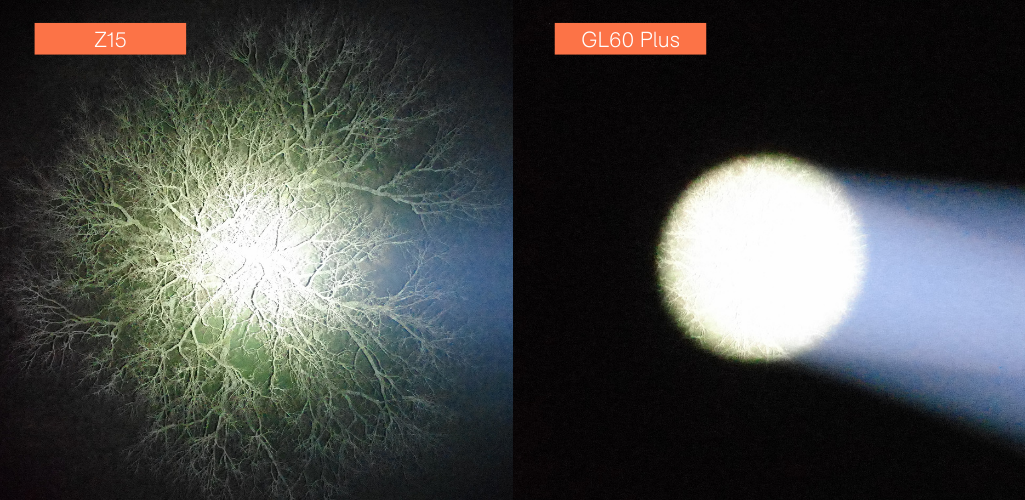
However, we were able to alleviate this by manually turning down the exposure, which did mitigate the impact, as shown by the image.
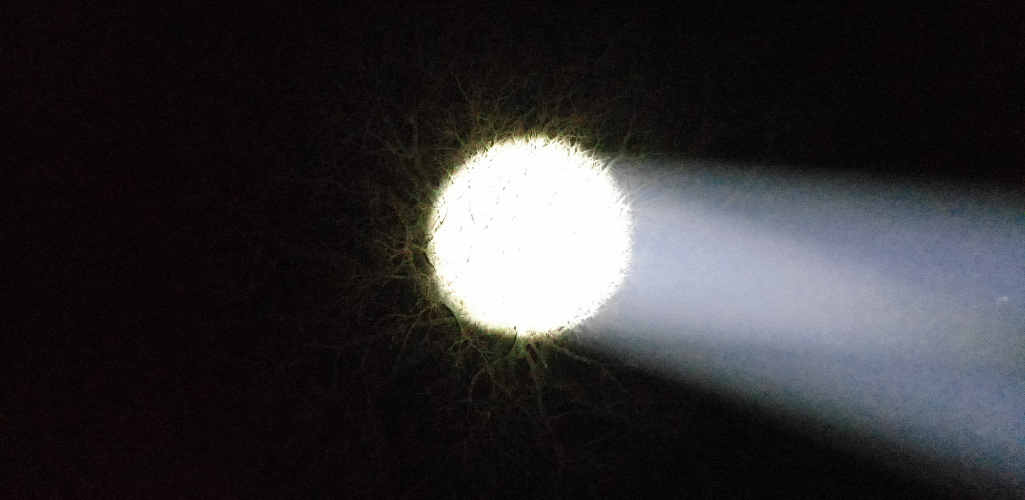
This is further demonstrated by this image, captured from 25m (below, left). To get the details in the brightness, we had to reduce the exposure. But the fact that the exposure needed to be reduced shows just how bright - and effective - the GL60 Plus can be - as illustrated by the image captured from 110m (below, right).
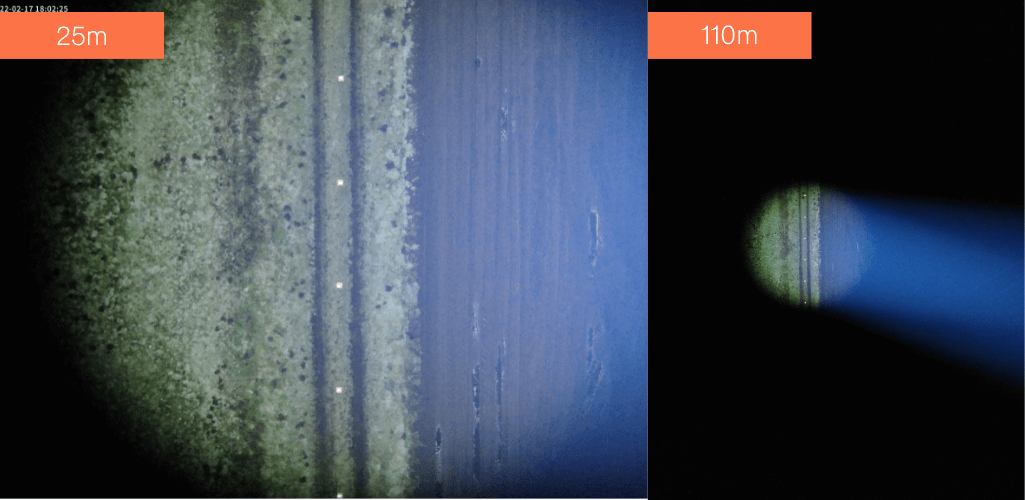
The GL60 Plus can also be turned down via the remote controller screen to reduce its brightness.
And as noted before, we did test the GL60 Plus at its maximum illumination, using PSDK 17V + OSDK 24V to achieve 128 W of total power and 120 W LED power.
This superior power is achieved by plugging the spotlight into the OSDK port at the top of the M300 RTK, as shown by the image below. The cable connects to the SkyPort gimbal connector underneath by USB Type-C. Despite its position, the cable's dimensions ensures it does not interfere with the props.
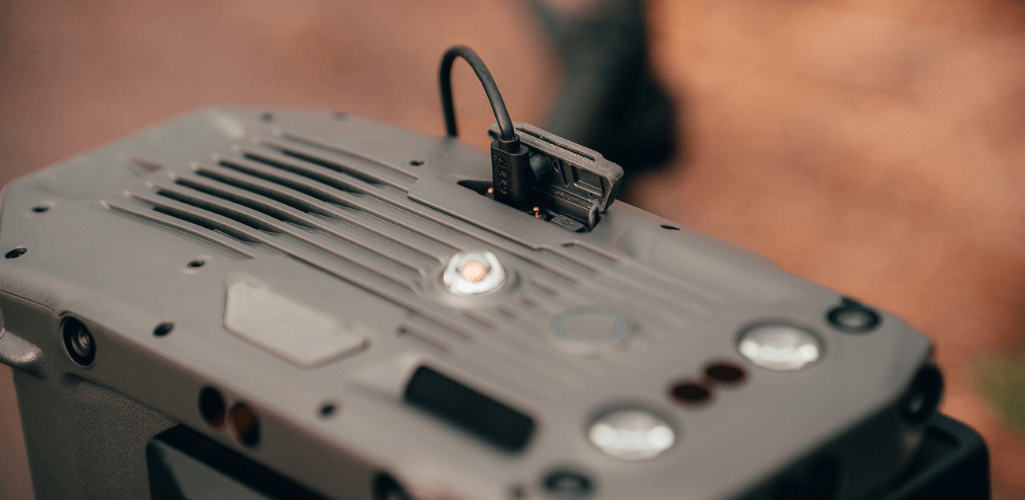
Connecting to the OSDK port provides additional power/illumination, but removes the drone's IP rating. The light does also work without the cable/OSDK port connection. We didn't test this, but the specs show that it still has decent power using this method.
And this image from Sussex Police - as displayed earlier in this blog - shows the performance of the GL60 Plus without the cable.
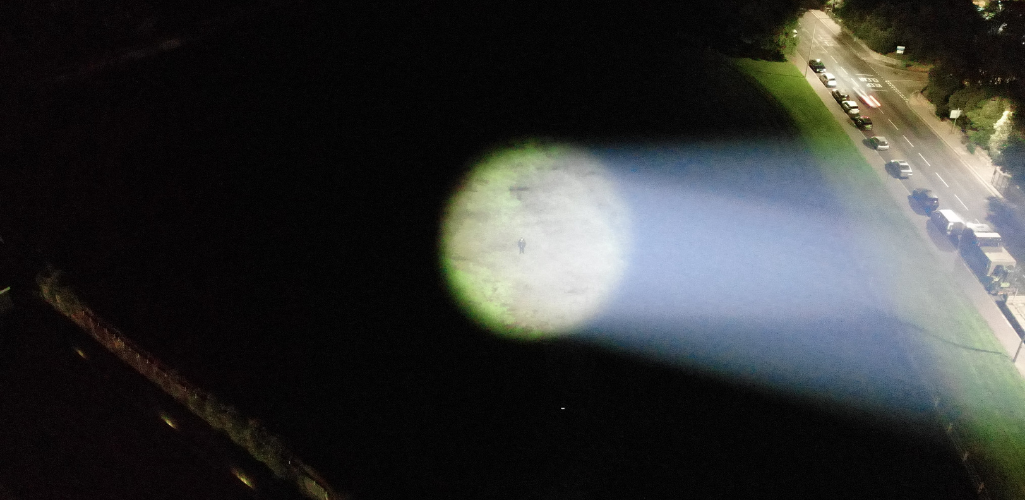
GL60 Plus Vs Z15 - Design
As these images show, the GL60 Plus and Z15 are fairly similar in their appearance, featuring four lighting columns.
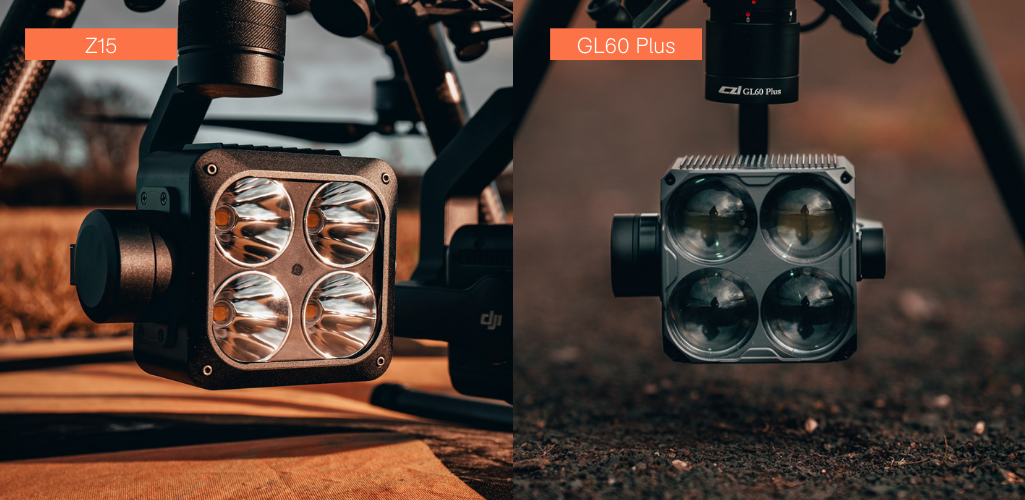
Look closely though, and the make up of these columns are different, with the GL60 Plus grouping four lenses in each column, compared to the Z15's single-bulb design for each column.
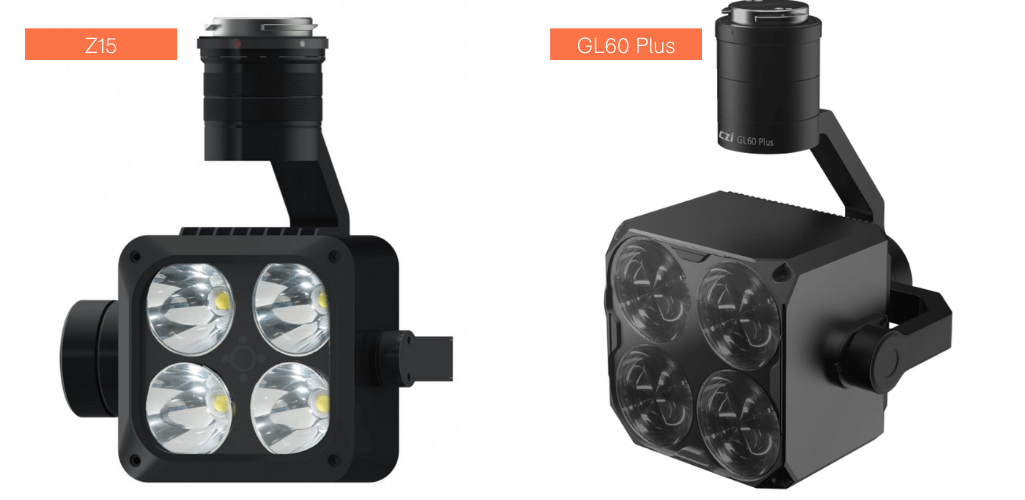
The GL60 Plus is also a slightly larger and heavier payload, as this spec table shows:
GL60 Plus | Z15 | |
Weight | 750g | 500g |
Dimensions | 126 x 131 x 167mm | 100 x 110 x 150mm |
Compatibility | M300 RTK and Matrice 200 Series V2 via DJI SkyPort V2.0 | M300 RTK and Matrice 200 Series V2 via DJI SkyPort |
Both are compatible with the DJI M300 RTK and M200 Series V2, and integrate via DJI SkyPort (the GL60 Plus uses DJI SkyPort V2.0). The GL60 Plus and Z15 are controlled via DJI Pilot.
Please note that when using the GL60 Plus with the H20T, it is important to mount the spotlight first, followed by the H20T once the GL60 Plus is recognised in DJI Pilot. heliguy™ can provide detailed instructions on this workflow if required.
GL60 Plus Vs Z15 - Summary
Drone spotlights are useful for a range of applications, such as law enforcement, search and rescue and inspection.
Our field tests show that the GL60 Plus and Z15 provide effective light sources and can illuminate a target area from more than 100m altitude - great for covering larger swathes of land quickly.

The GL60 Plus provides more light than the Z15 - in fact, it vastly outperformed the Z15 in this department Certainly the GL60 Plus is an extremely bright spotlight, particularly effective for getting light on ground crews.
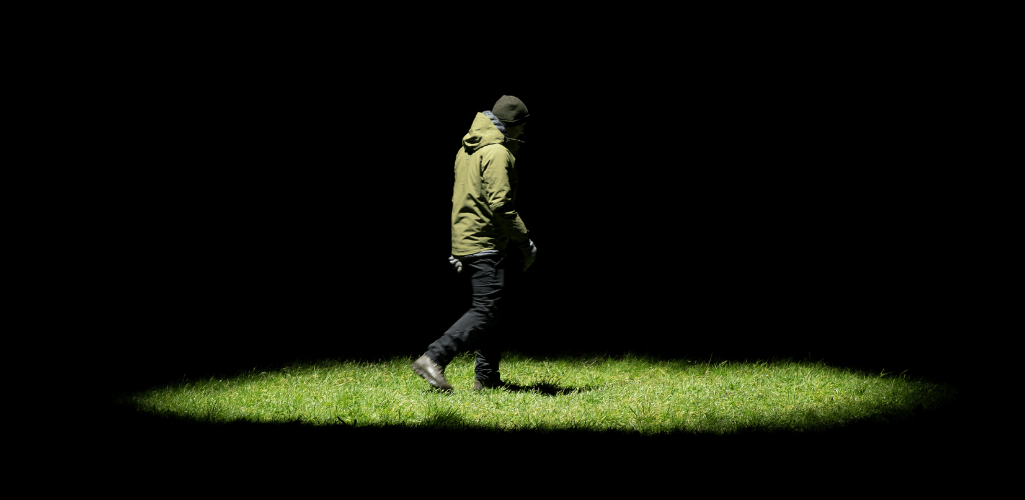
While not as bright, the Z15 still holds its own, and is a more cost-effective option than the GL60 Plus.
Contact heliguy™ to discuss either of these two payloads.
